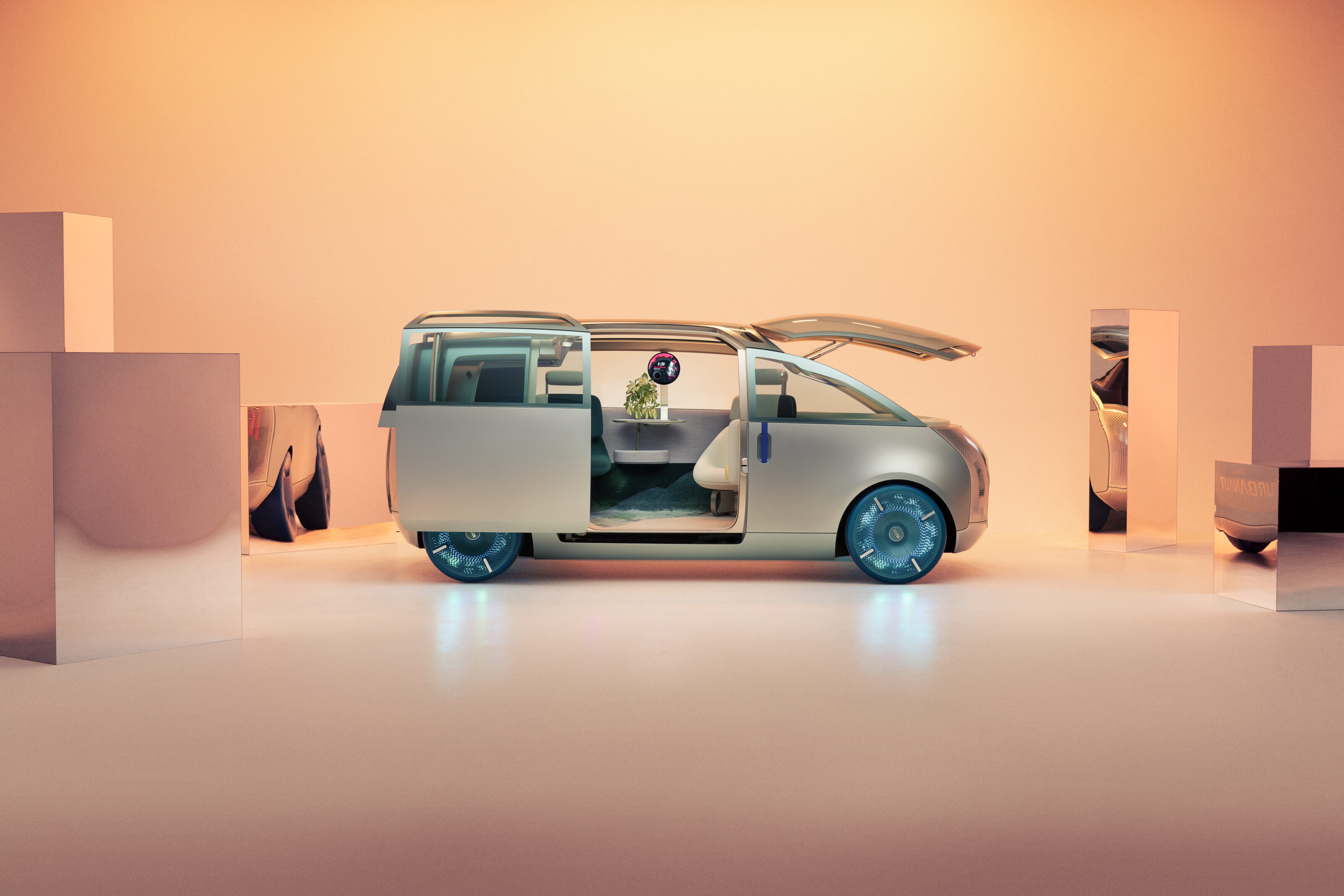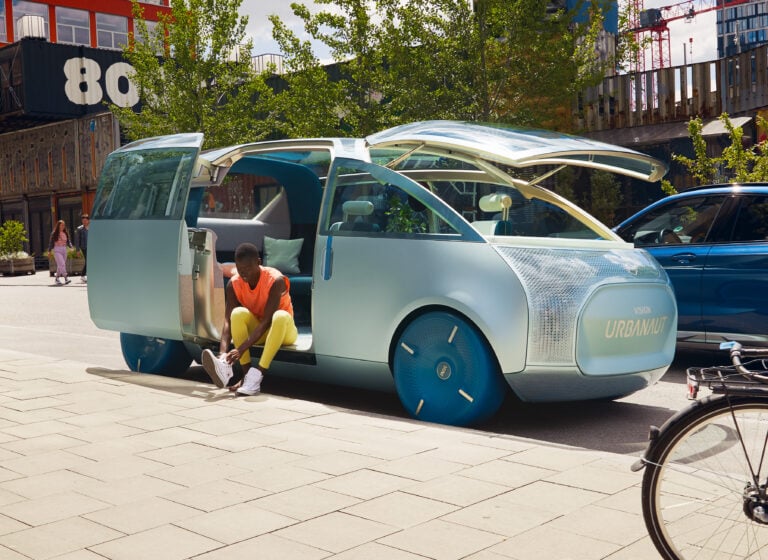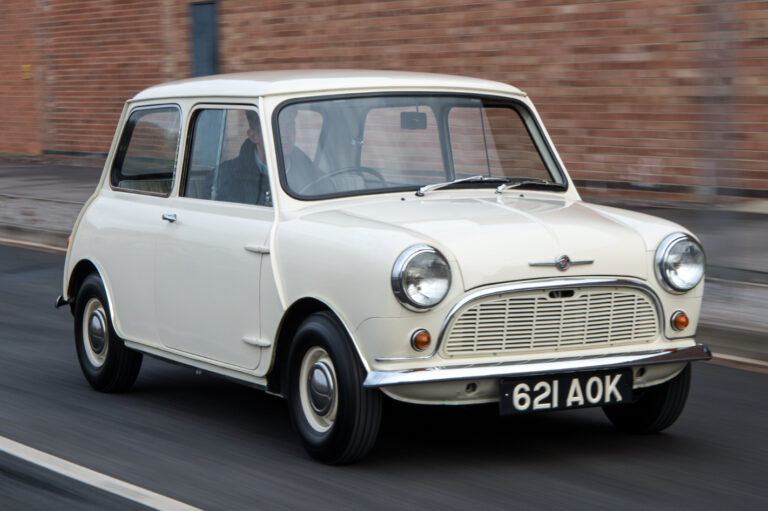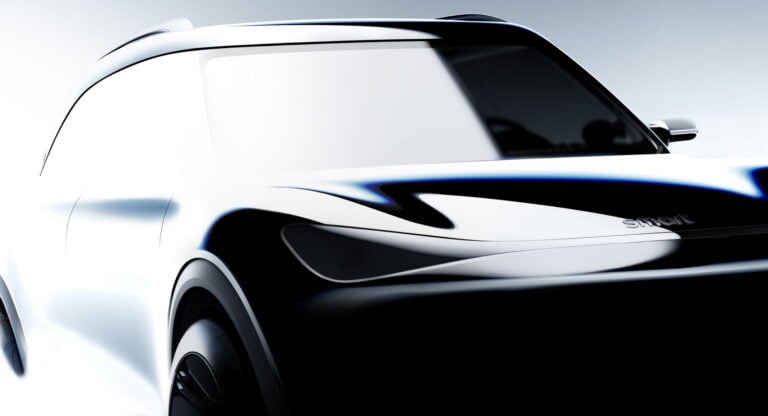Even though Great Wall Motors will build the first bespoke electric Minis starting in 2023, the future of the brand does not – in contrast to the smart-Geely connection – lie solely in the hands of a Chinese manufacturer. Instead, the heirs of Sir Alec Issigonis will do things their own way, with a little help from the BMW think tank and parts pool.Bernd Körber, 46, is the antithesis of the archetypal BMW top manager. While the CEO Oliver Zipse had to jump over his own shadow to swap the trad penguin suit for the all-black Steve Jobs livery he wore at the zeitgeist-enlivened IAA keynote speech, the Mini mastermind comes across as even more down-to-earth and accessible than Dieter Zetsche in his final jeans-and-sneakers sessions.
Unlike most of his colleagues, the father of two does not chase the limelight but prefers to tell a story. “Today was the first day we talked about the Mini strategy for the 2030 to 2037 timeframe,” was his uncommonly frank opening gambit when we spoke one-on-one late last month. “We got the next five years pretty much buttoned up, but even thinking about the platform that will replace the matrix introduced in 2023 is still spooky stuff right now.”
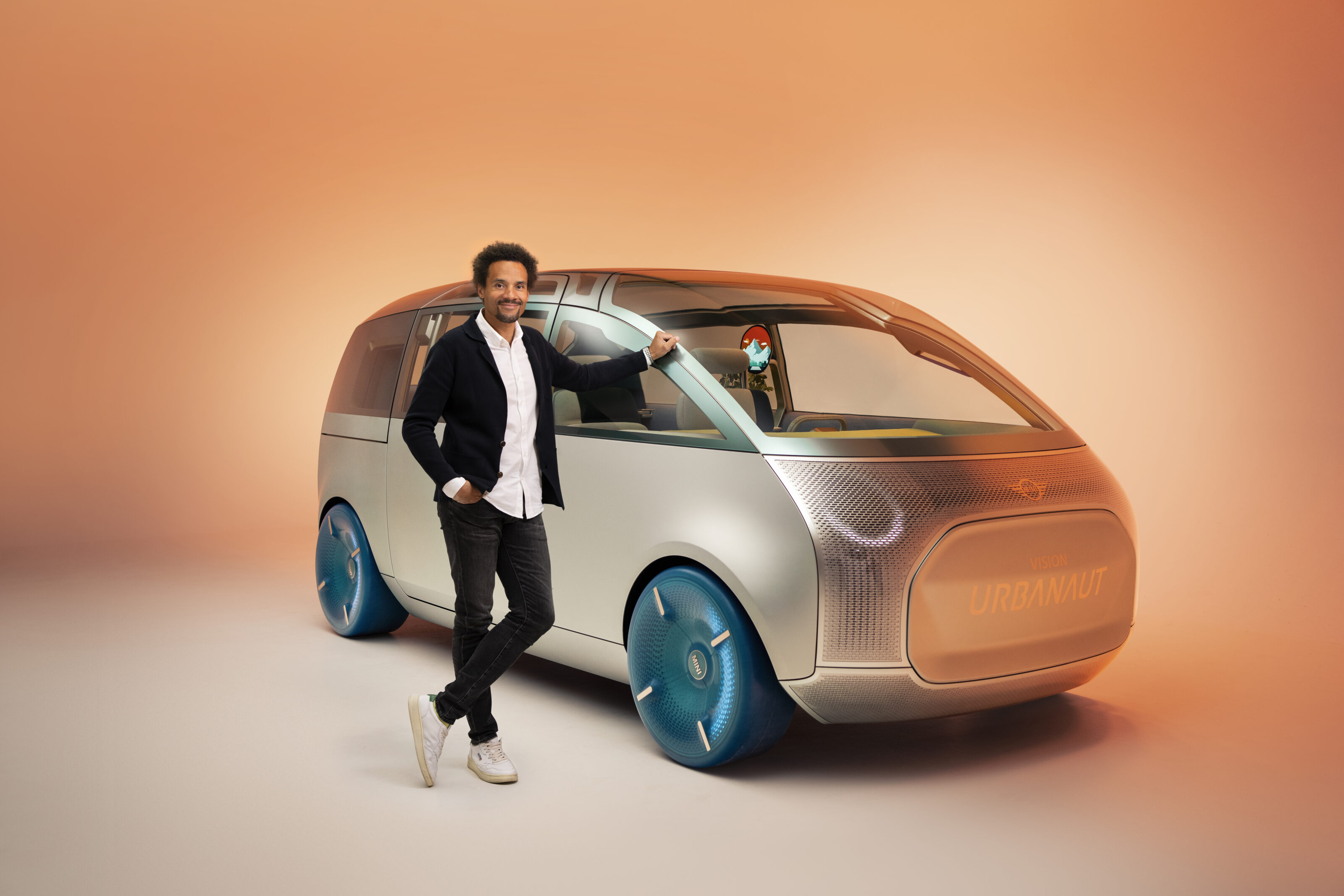
After all, this is November 2021, the order books are fuller than ever, and Mini could go from strength to strength if it wasn’t for the increasingly critical supplier situation. After all, almost the entire car industry still uses outdated and underperforming semiconductors of which production capacity won’t be ramped up again after the COVID-triggered drop in demand.
Theoretically, Mini could easily sell 350,000 units this year, but unless the parts backlog bubble bursts, a five per cent increase over last year’s total of 292,000 sales looks like the best-case scenario. Even optimists don’t expect the ultimate goal – a substantial half a million Minis annually – to materialise before the second half of the decade. By then, Mini should have doubled the number of production sites to four (two in China, one each in Germany and the UK), introduced up to five new volume models, and extended the bookends of the portfolio with an ultra-compact all-electric three-door hatch and a more extravagant iteration of the Urbanaut concept.“Come 2030, Mini will be fully electric,” states Bernd Körber. “This also applies to the John Cooper Works portfolio. The plug-in hybrid is merely a transformation technology, but the internal combustion engine remains in production for nine more years, at least in most models bar the Clubman. In the future, Mini will use two different architectures – a bespoke EV matrix developed in Munich but assembled in China, and a comprehensive evolution of the existing platform.
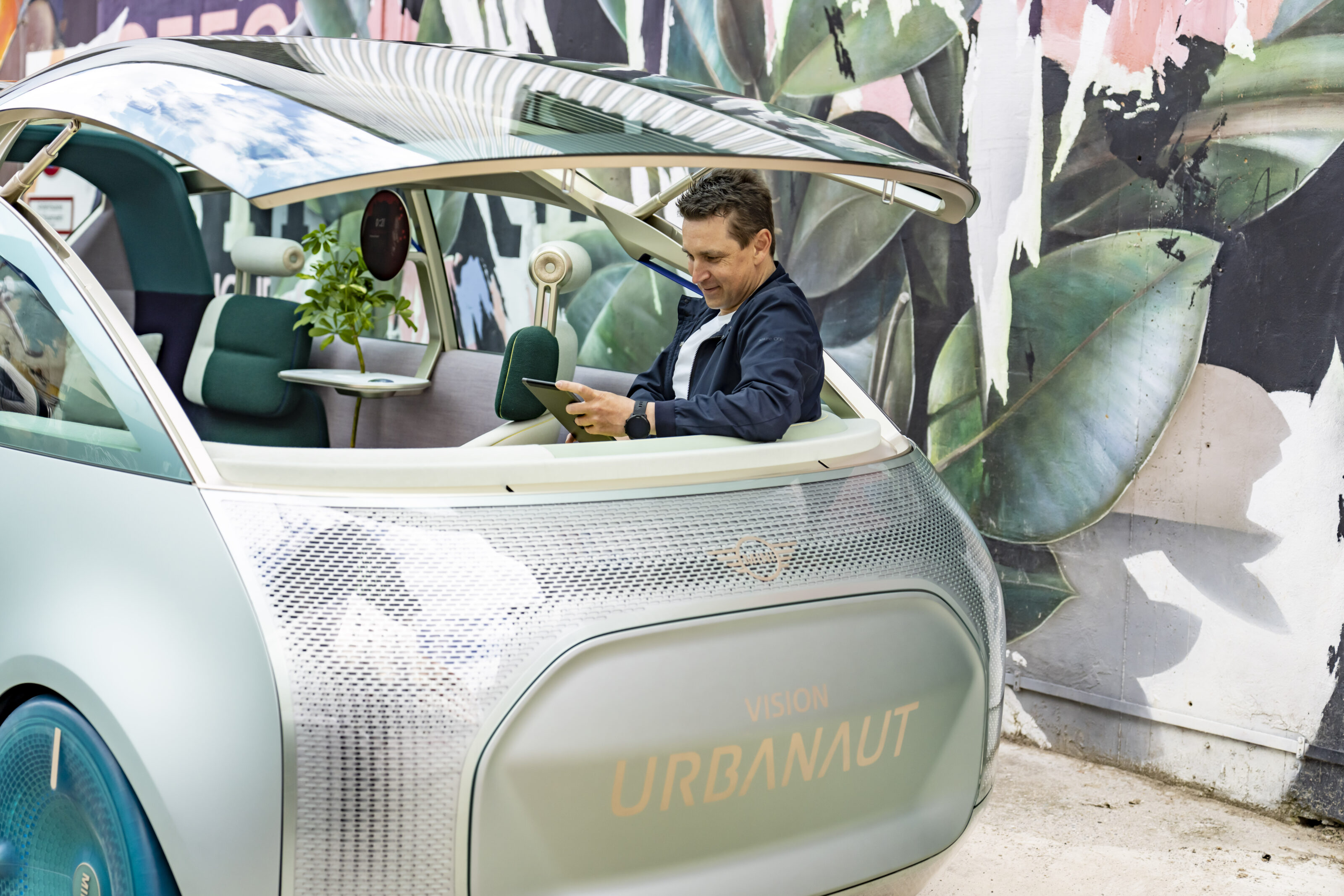
The smallest common denominator of this parallel product strategy is the three-door hatchback that kicks off as an EV in 2023 while carrying on as ICE version until mid-2025. Here’s a surprise: the visual difference between the two cars will be hard to spot. How come? “Because we won’t mess with our prime icon. A Mini is a Mini, no matter whether it is battery- or petrol-powered.”Originally, Great Wall intended to sell redesigned down-specced Minis under one of its own nameplates, but this plan is off the table – apparently, Chinese customers prefer larger vehicles, and when they do choose a sub-subcompact, it had better be the real thing. Codenamed AO, the new EV models will be distributed on a global basis exclusively through the Mini network.
Unlike the BMW i3, the motor of the three-door Mini EV drives the front wheels. What is going to happen to the five-door variant, you ask? It soldiers on in combustion-engined form, but there won’t be a battery-operated equivalent. Instead, 2024 is the scheduled launch date of a brand-new five-door zero-emission CUV that will almost certainly also be available with all-wheel drive. Think of it as a reimagined four-door Paceman with a less rakish roofline and the new XXL body-coloured grille. Except for image and price, it plays in the same league as the MG ZS and the Hyundai Kona.Those who prefer engines to motors can choose from three models based on the heavily revised Genesis platform (2025-2031) née UKL1. In addition to the three- and five-door hatch, Mini keeps the cabriolet going on the olde-worlde layout before eventually switching to the new EV architecture at a still-to-be-determined date.
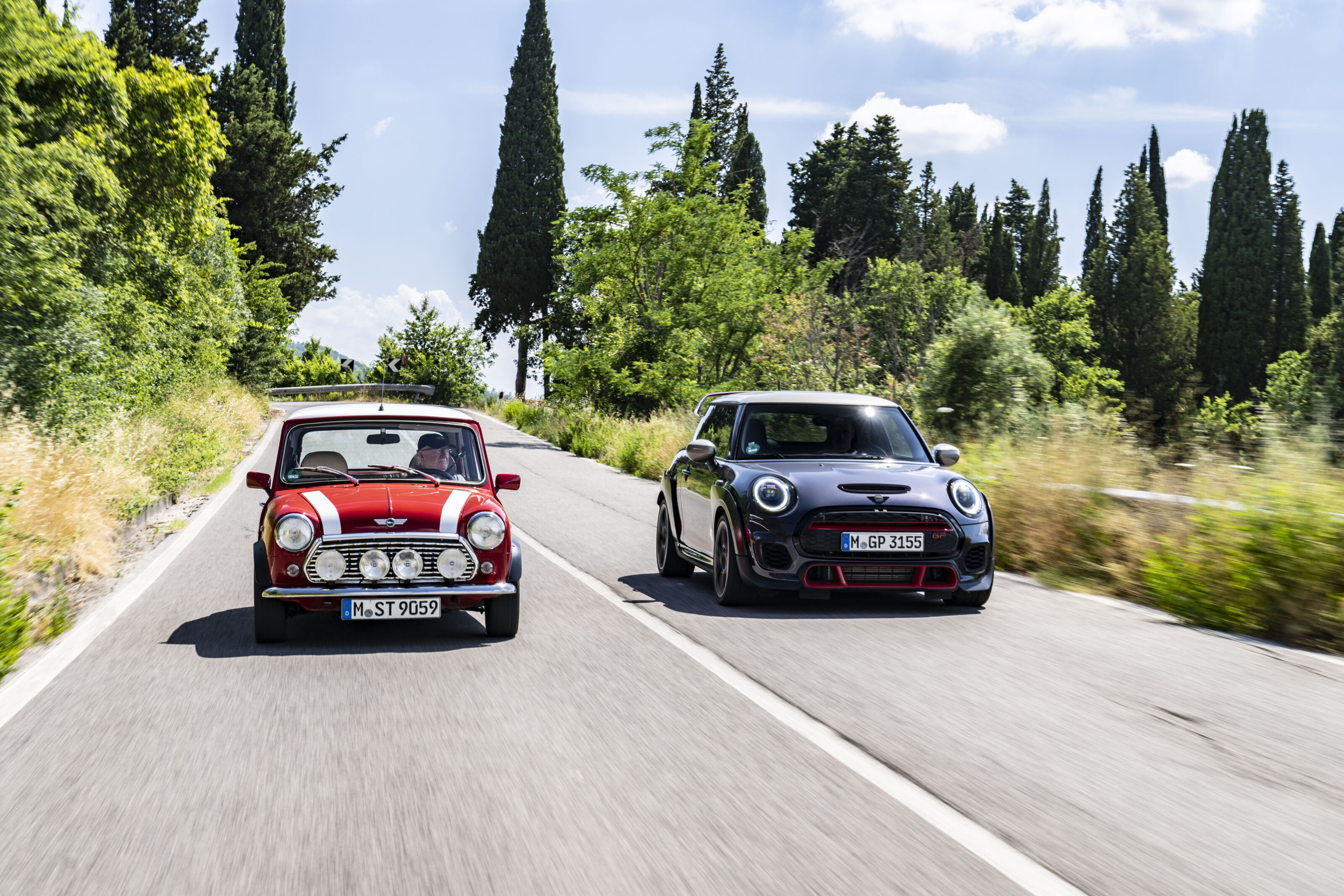
The next Countryman, built in Dresden (the first Mini ever made in Germany), will however drop the familiar component set in favour of the bigger BMW X1/iX1 hardware. Both the ICE version and its all-electric sibling are to share the same platform and the same design. Comments Bernd Körber: “The plan is to market the CUV as a small electric-only crossover and to position the bigger third-generation Countryman SUV about half a notch above the current model. Thanks to the modular layout, there should be no practical downside for either drivetrain option.”So far, so good. The critical time span for the marque begins once all of the above models are up and running. After all, the range extension strategy entails recurrent freshenings between 2025 and 2030 when that all-new common DNA is due to materialise. By reading between the lines, it seems clear that Mini will also use the second half of the decade to move its bookends further apart.
At the bottom of the range, we expect a smaller three-door electric hatch along the lines of the Rocketman design exercise and the on-off MiniMini. This city car should eventually replace the barely larger three-door hatch. At the other end of the scale, a less extreme yet even more versatile version of the Urbanaut is tipped to address the people and cargo mover segment. While MiniMini will likely raid the Chinese AO parts bin, the evolution of the Roomba MPV theme first discussed over five years ago is a UKL derivative. According to an inside source, the Urbanaut effectively replaces the Clubman that will be discontinued in late 2023. It adopts the Clubman name and features the sliding door, the packaging and the lounge layout of the show car, sources say.“From now on, we need to expand and brush up the range in much shorter intervals,” says the CEO. “I’m even thinking about annual updates focusing on what we call speed styles – the core design elements that have become Mini trademarks. Like the side scoops, wheels, stripework, roof treatment, taillight graphics, toggle switches or seat patterns. All it takes to generate a fresh look are new colours, different materials like knit surfaces, mood changes by projection and special style packs.
“On top of it, we would like to fan out the choice of limited-edition specials which may be heritage-inspired or future-oriented.”
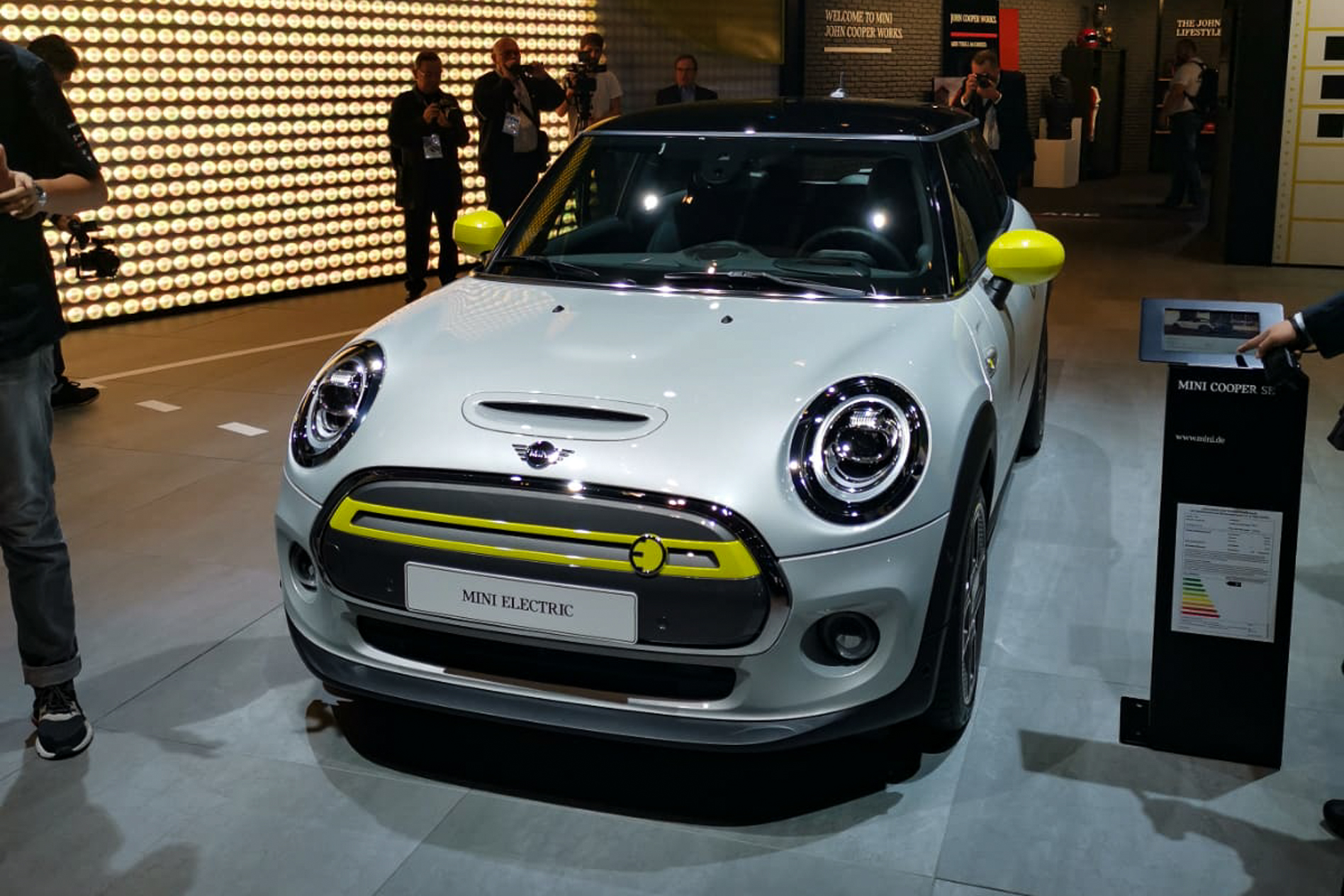
The first ace product planning has up its sleeves is a selection of coachbuilt Minis. That’s coachbuilding as in fresh sheet metal, bespoke interiors, reworked engineering, different bodystyles and very small build runs of plus/minus 100 units. True, these will be quite expensive brand-shapers, but according to the Mini management, there is a market for such highly visible collector’s items.Even though the coachbuilding team won’t take up operation for another six to nine months, they are already talking to outside suppliers who would have to carry out the conversion work. Names from the past that come to mind in this context include Radford Engineering, Wood & Pickett, Broadspeed and Ogle Design, but in today’s environment outlets such as Roding Automobile are more likely candidates. The most obvious recreation project is of course the iconic Mini Moke.
Other favourites are said to include a street-legal Formula E pace car, a Pikes Peak crackerjack inspired by the 1964 Monte-Carlo winner, and a dramatic single-seater high-performance Speedster. On a less extreme scale, we may furthermore see a more stylish Countryman derivative and a sporty five-door CUV capable of completing the sales mission the three-door Paceman never came close to.Ace number two details the future of the JCW sub-brand. “This is still work in progress,” admits the man in charge. “We know for sure that JCW will eventually also go fully electric, but perhaps we should kick off one more truly radical project before the high voltage revolution strikes.”
Interesting thought – but would such a decontented JCW GPR with more power, a quickshift manual transmission and carbon-ceramic brakes not point the brand in the wrong direction? Apparently, this is an ongoing debate, and there are those who believe Mini should instead accelerate its electrification efforts. In either case, extra performance is the name of the game.
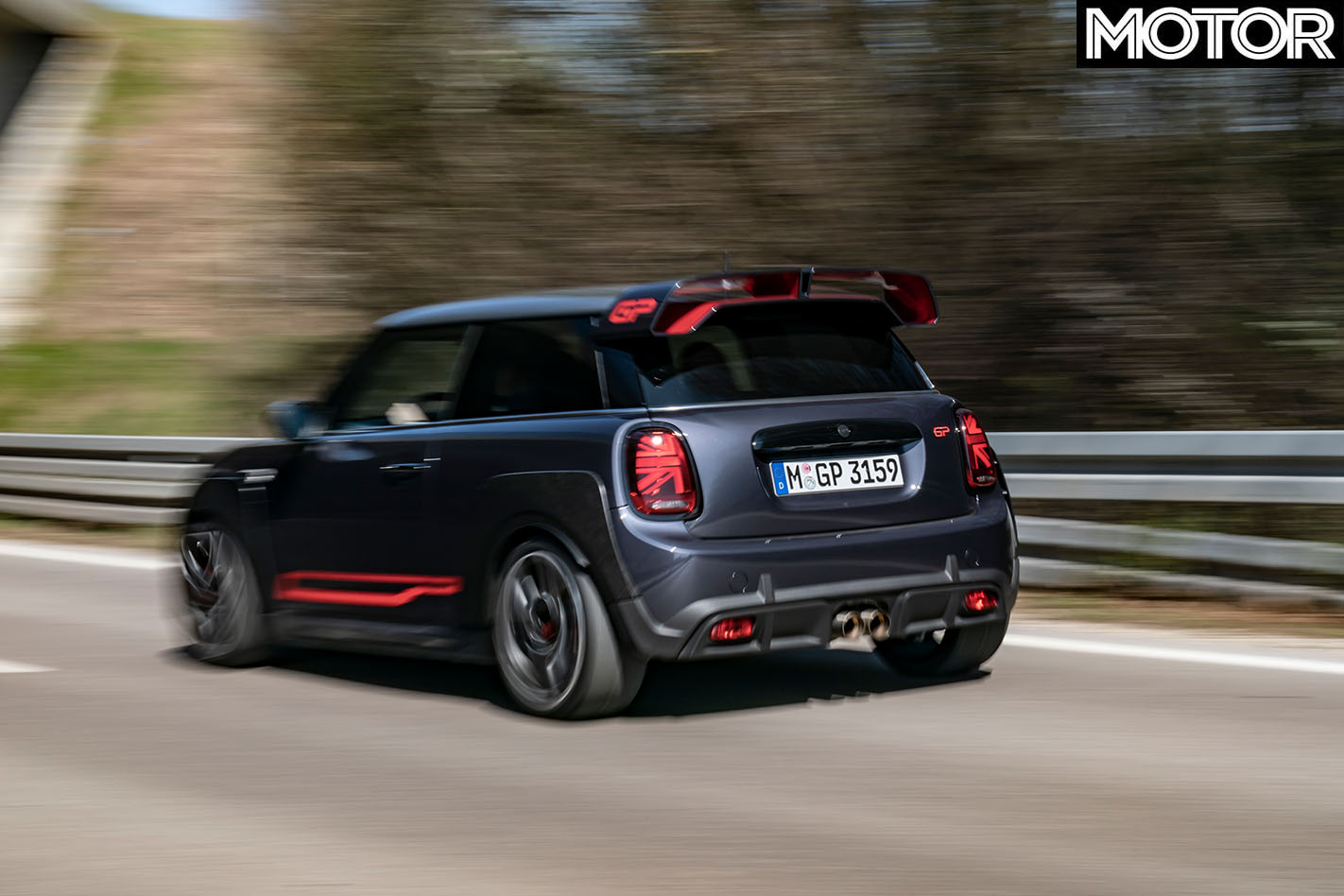
While the 2.0-litre four currently rated at 228kW has very nearly reached its limit, the ultimate electrified JCW GT could easily muster between 260 and 300kW. To keep the weight down, insiders predict relatively small 40 and 60kWh batteries, modest ranges of 300 to 400km, and a fast-charging 400V system.Long-term, Mini is bound to arrive at a T-junction where it can go its own way or join the BMW parent company. It’s too early to tell whether the AO approach has the potential to evolve into a more efficient second-generation EV architecture, which would have to be supported by more advanced batteries and dramatically upgraded software – after all, autonomous driving remains high on the wish-list of every premium manufacturer.
If AO does have enough mileage left in it, BMW may even be tempted to adopt it for a future i1 and i2, which at the moment exist only in the Munich ivory tower. Alternatively, Mini could tag onto the entry-level set of modules derived from the Neue Klasse gene reservoir. Whichever way the pendulum swings, the brand still has five more years to decide, and there is always the option of joining a certain plan C mapped out by Great Wall Motors…

